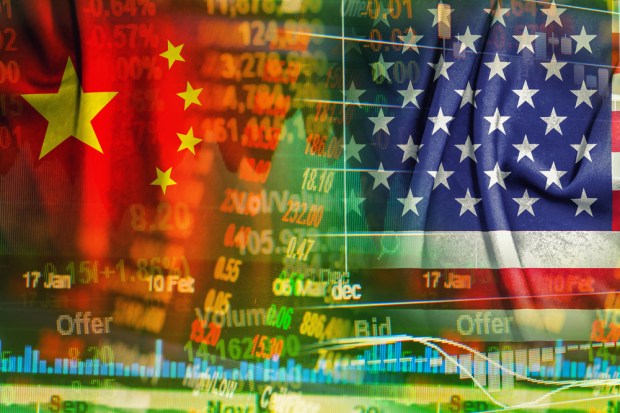Amid Trade War, Reshoring Manufacturing Is No Easy (Or Cheap) Task

The trade war is here. The world’s two biggest economies — the United States and China — are slinging tariffs with haste. As widely reported, the U.S. tariffs against China have now been levied, as of today, and the strategy may be one that stretches beyond trade deficits and jobs.
In fact, as noted by the Financial Times (FT), the broader view of the tariffs that touch the $34 billion-worth of goods produced in China, which find their way to U.S. shores, is one that takes the global supply chain into account. The end game may be one that seeks to, as the FT puts it, “untangle” the manufacturing part of the supply chain from China.
As evidence of the strategy at work, look to the fact that the tariffs, by and large, do not impact consumer goods, with an eye on making sure that prices do not rise too much for items that range from clothing to electronics. Also, look a bit closer at the fact that the tariffs impact some of the most basic inputs of these end goods, such as semiconductors, where pieces of the supply chain stretch across both the United States and China.
Machinery also comes into consideration, as FT noted, and one sector that may see impact (or not) lies with autos. The tariff war has little impact if one takes into account the actual finished autos: Only a few models of cars are imported from China and, in some cases, account for a negligible number of cars sold by U.S. firms.
One wrinkle comes, though, if the U.S. decides to extend tariffs to automobile parts, and where the integration of the global supply chain is close-knit. China, in fact, exported $9 billion of parts to the U.S. last year, and dozens of firms have manufacturing operations in China. In addition, there are Chinese firms that export to the U.S. and also have manufacturing operations in the U.S.
The FT quotes Bill Russo, founder of Shanghai-based consultancy Automobility Ltd as stating that “parts are huge.”
If the auto industry remains a microcosm of the supply chain interlinking, the fact remains that what might be termed as “reshoring” — the movement of bringing manufacturing in house, so to speak — will be expensive after years of moving production to China. If — as the National Association of Manufacturers estimates — input prices go up 5 percent and the sticker prices go up a commensurate amount, the impact will be felt by the end consumer. The argument made by some Republicans is that corporate tax cuts will help.
Then again, there’s the impact of “sticker shock” that may supersede all. The consumer, who has driven the economy here, may find it prudent to tighten the purse strings if the corporate tax cuts are not enough, or long-lived enough, to provide respite. Inflation can do a lot of damage to consumer confidence and, ultimately, to the companies with supply chains that bear the brunt of tariffs.
